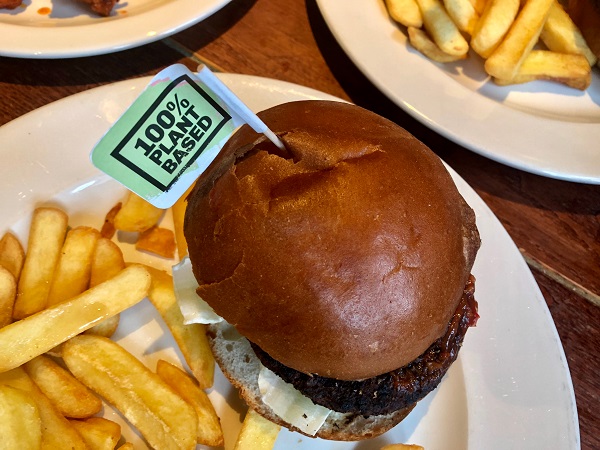The plant-based food segment in India continues to assert its presence, venturing into new categories like fish and seafood, cheese, confectionery, sauces, dressings, and even baby food. As India continues to evolve on its culinary journey, the global trends in plant-based diets and alternative proteins are influencing changes in the nation’s food culture. In the…




